Abstract
Four smallpox vaccines from different production laboratories were compared in primary vaccination of young adults. Morbidity rate, high fever rate and prolonged fever rate, as defined in this report, were used as gauges for pathogenic potency. Special batches were prepared, in addition, from two of these vaccines after three passages on calf skin. Two vaccines, prepared from the Elstree strain—a sheep lymph and its third calf-passage—were found to be of low pathogenicity. Two calf lymphs, prepared from the Copenhagen strain and the Bern strain respectively, caused clearly higher rates of illness and of height and duration of fever. Two calf lymphs from the Ecuador strain took up an intermediate position.
Vaccine potency, as assessed on the chorio-allantoic membrane of developing chick embryos, seems to be of no significance for the course of vaccinia disease caused by two pustules. Besides the pathogenicity of the vaccinia strain, ill-defined extraneous factors might be of importance for the degree of illness observed after primary smallpox vaccination.
Full text
PDF

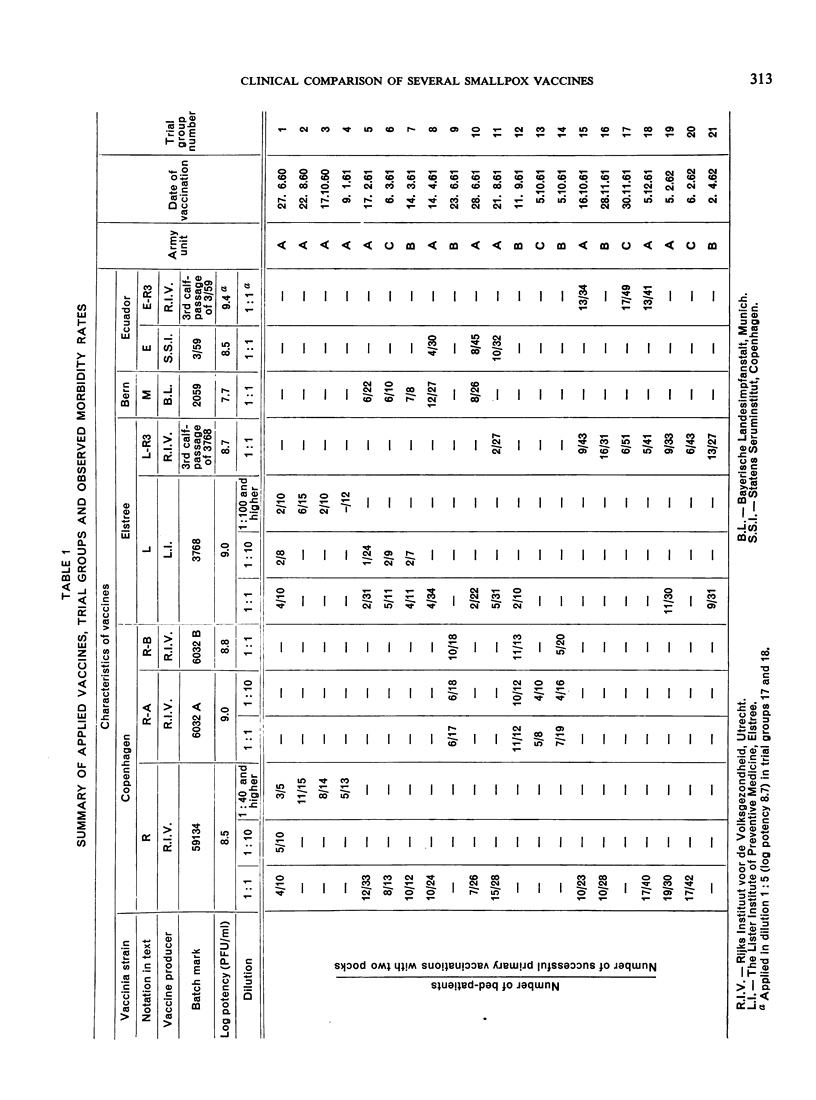



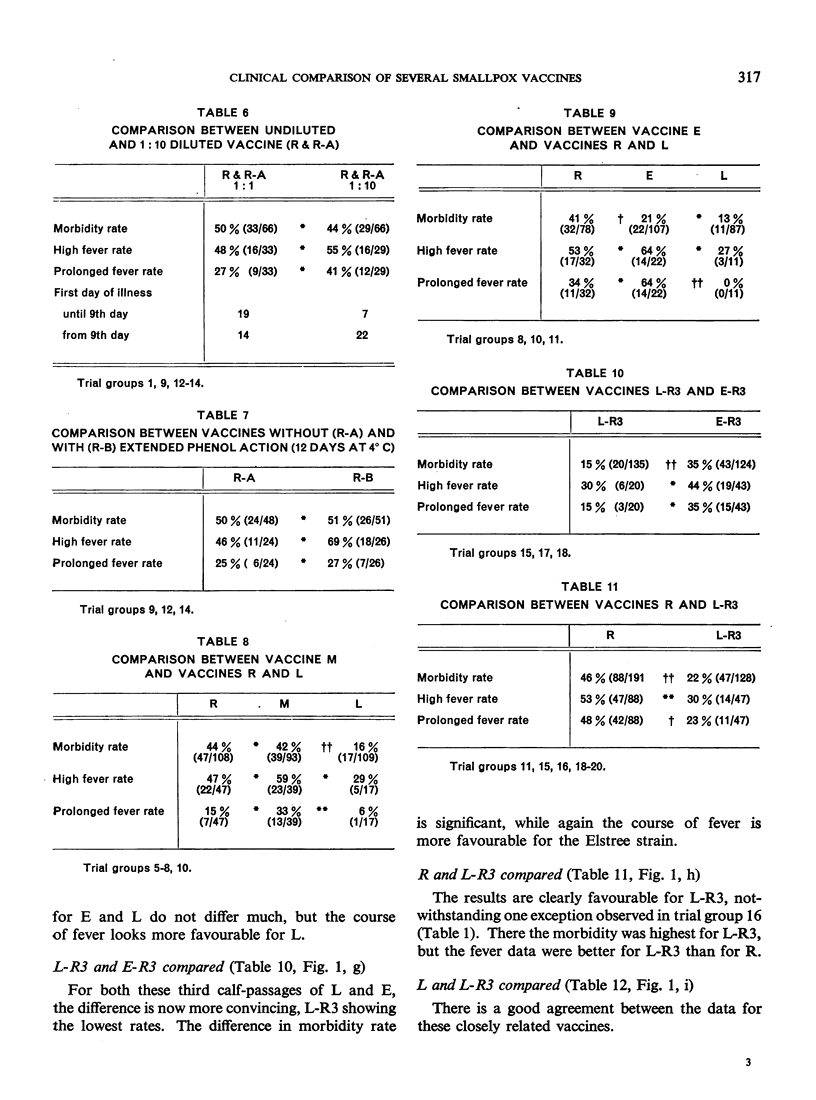
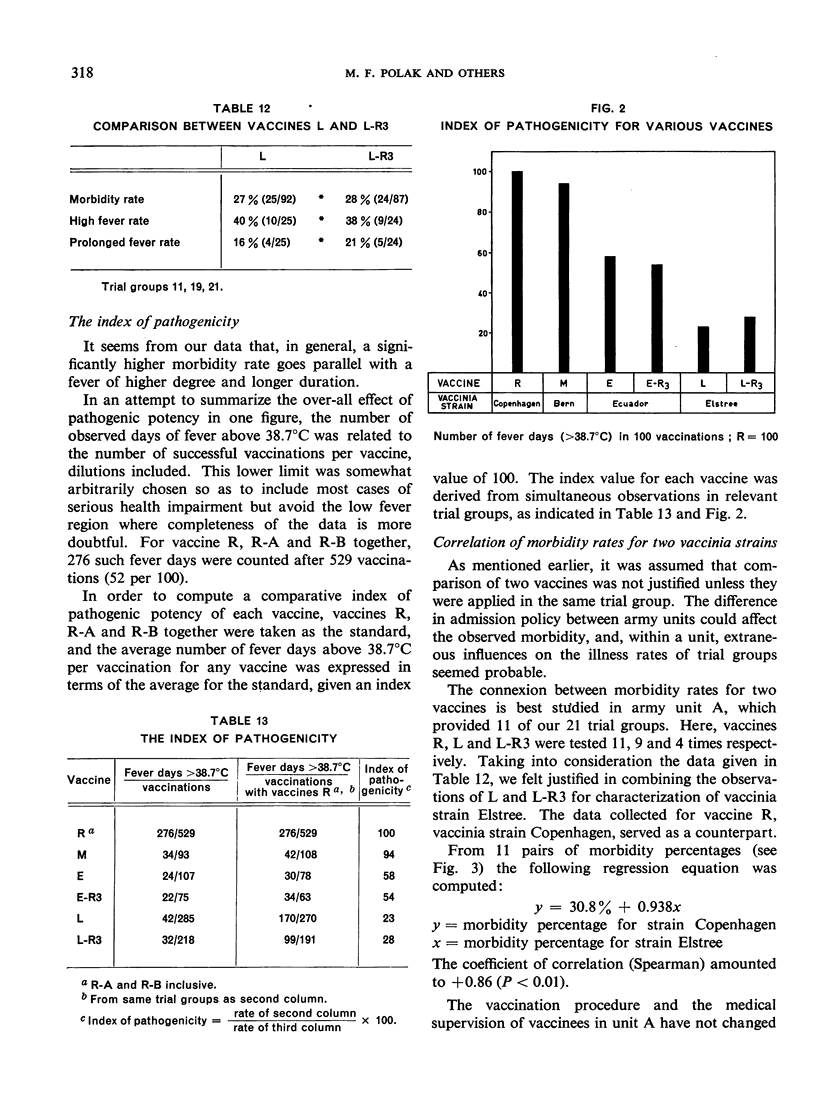

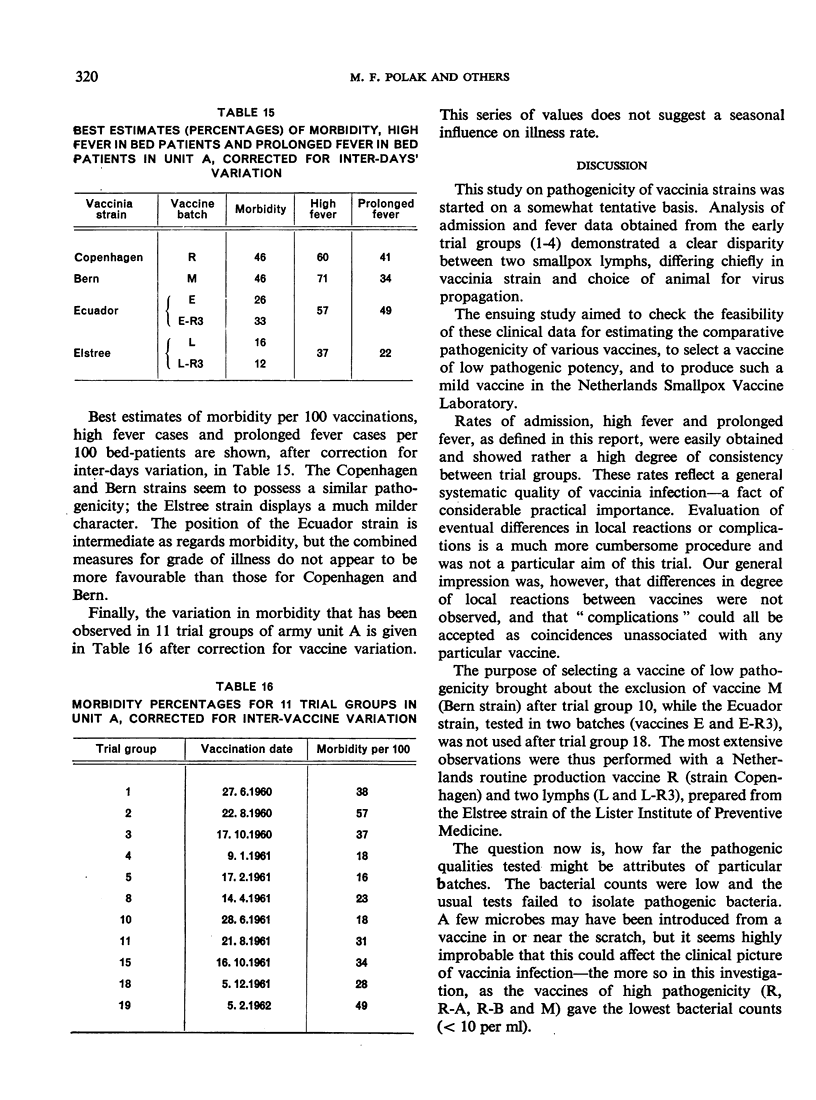
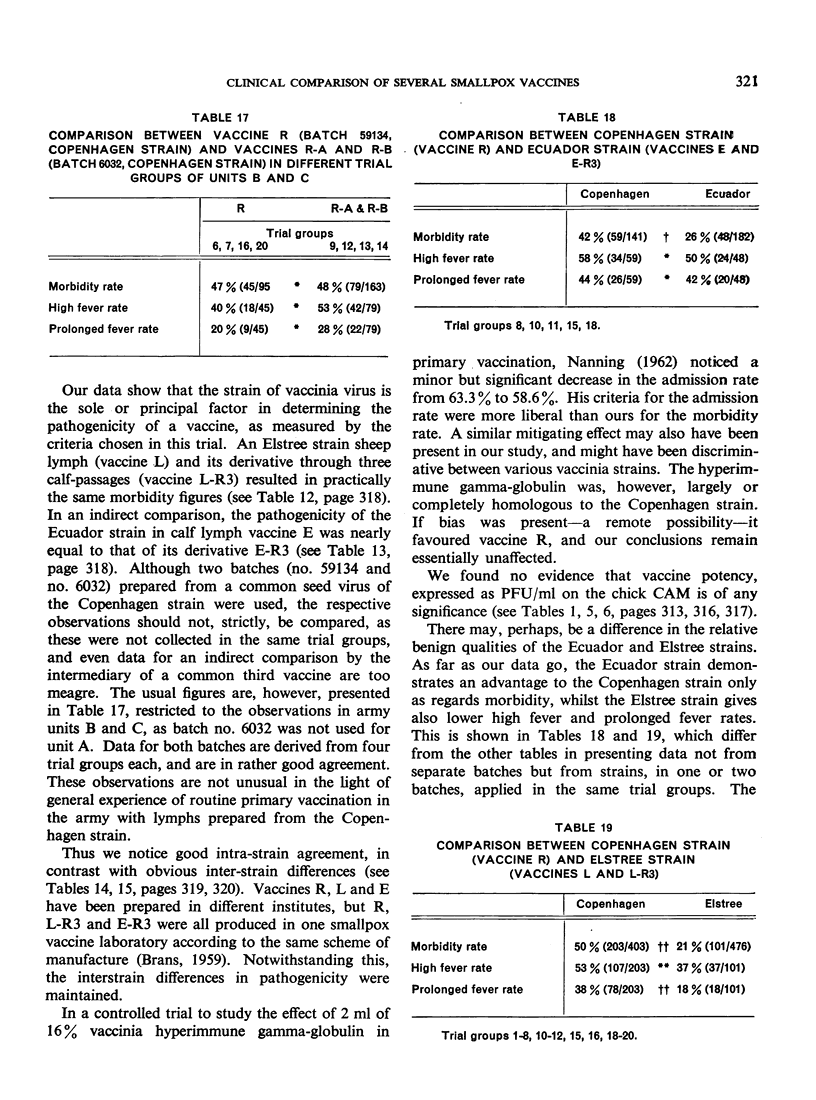
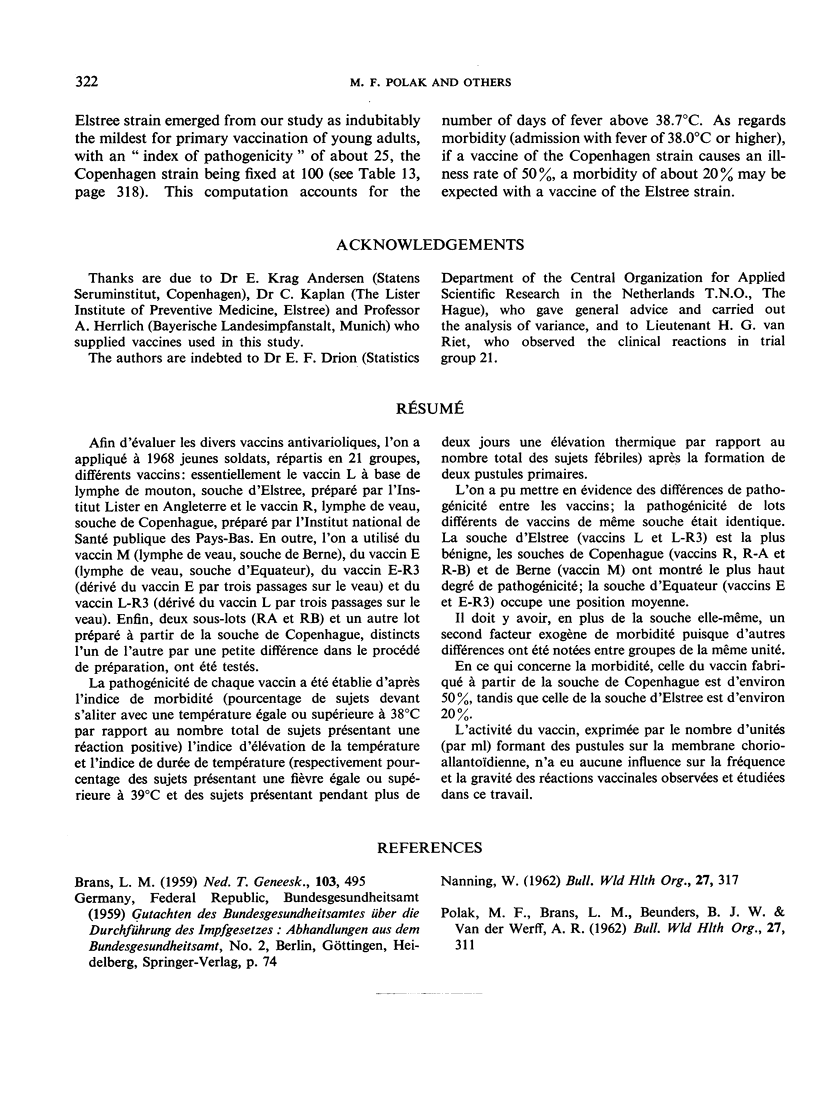
Selected References
These references are in PubMed. This may not be the complete list of references from this article.
- BRANS L. M. Variola-vaccine afkomstig van het kalf; moderne bereidingswijze en gebruik. Ned Tijdschr Geneeskd. 1959 Mar 7;103(10):495–501. [PubMed] [Google Scholar]
- NANNING W. Prophylactic effect of antivaccinia gamma-globulin against post-vaccinal encephalitis. Bull World Health Organ. 1962;27:317–324. [PMC free article] [PubMed] [Google Scholar]


